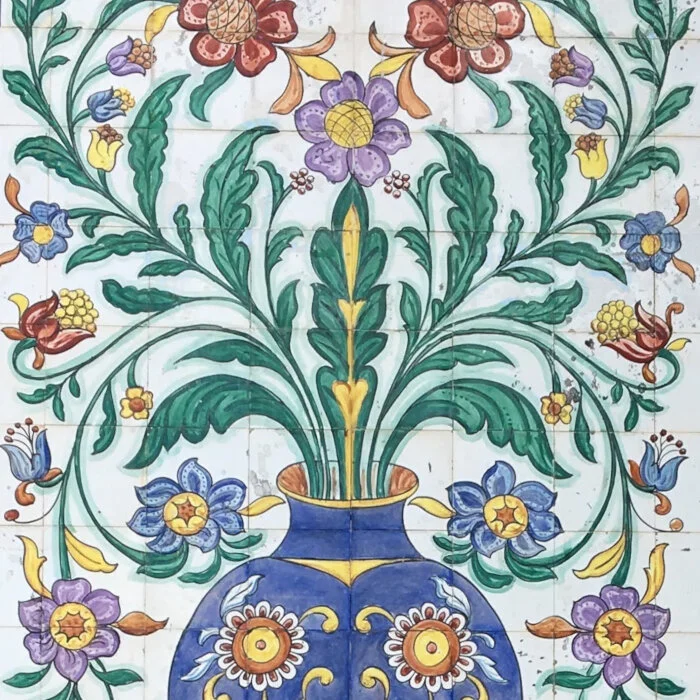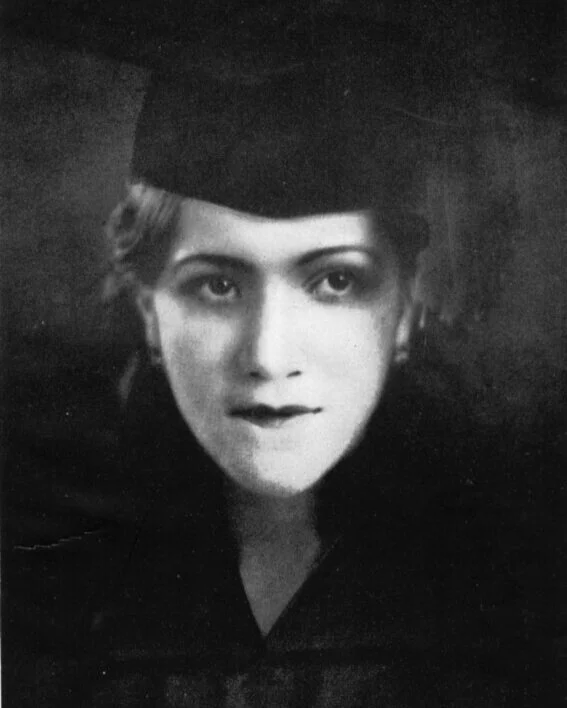Luz Fernández, Steady and Virtuous
My great grandmother, Luz Fernández, was fabled to be of Spanish descent. Even her grave-marker declares that she was born in Seville in 1877—such is the strength of the mythical union of Spanish and indigenous which has been propagated through the years in Mexican culture. Her 1897 wedding portrait, with my great grandfather, Dr. Aureliano Urrutia, shows her fair complexion. Her blue-grey eyes were an essential part of the folklore handed down through the generations.
In reality, we do not know where Luz was born. Unlike her numerous siblings, all original documentation of her birth remains elusive. She grew up in Coyoacán, raised as the fourth child of Adolfo Fernández and Juana Montañez Larrazzabal. She was the niece of Serapión Fernández, a Senator under President Porfirio Díaz.
Her parents were from Michoacan, the beautiful state of Mexico where monarch butterflies winter and where rounded pre-Hispanic ruins of Tzintzuntzan reside on Lake Patzcuaro near the red and white colonial city of the same name. Her father was said to be a man of some means—a wealthy shipping merchant, though no documents confirm such a profession. Rather he was a successful businessman and a landowner who had migrated with his family to the metropolis of Mexico City.
As with so many women of the past, not enough is known about Luz. She was said to be a beauty; her ornate sense of style is evident in the few pictures of her. She and Aureliano appear striking in their wedding photograph. Their fine clothing and the picturesque backdrop speak of their ambitious natures, and they peer into the lens arm in arm as an invincible couple.
Later photographs of Luz reflect an intensity perhaps brought on by her partnership in her husband’s demanding ambitions to advance the fields of surgery, his dedication to intellectual and social activity, and his political aspirations; not to mention her devotion to the couple’s twelve children, all born in Mexico within 15 years. Her posture is stalwart, her face sometimes hardened but always distinguished, whether on the arm of Mexico’s President at the opening festivities of Sanatorio Urrutia in 1911 Coyoacán, at Chapultepec Castle with the Presidential cabinet and their wives, or captured by a photojournalist on the arm of her husband as the family fled from the country in 1914.
In the San Antonio of the late teens and early 1920s, she was known as one of the best dressed women in the Southwest, and is said to have been a formidable pianist, often playing upon the Steinway grand which resided at Quinta Urrutia, the couple’s home near the corner of Broadway and Funston.
Luz Fernández de Urrutia passed away on April 6, 1921, at the young age of 42. A close family friend, journalist, and fellow exile, Nemesio Garcia Naranjo, eulogized her just one day after her death, one hundred years ago. He held her in high regard, as a person worthy of a crown of eternal admiration, “la corona de siemprevivas,” a model of the Mexican ideal of wife and mother, who divided her soul among all her children equally, and supported her husband unequivocally. Garcia Naranjo likened her to “the crystal thread that gives water to the oak,” to the pious grove that shades the coffee.
During her lifetime, her husband named the light-filled main pavillion of Sanatorio Urrutia “Galeria Luz” in honor of his wife, and at Miraflores, he named a special peninsula along a pond “Isla de Luz” in her memory. Today her name is carried on by her great great granddaughter.
Historical photos from the Urrutia collection, all rights reserved.
Posted on April 17, 2021.









